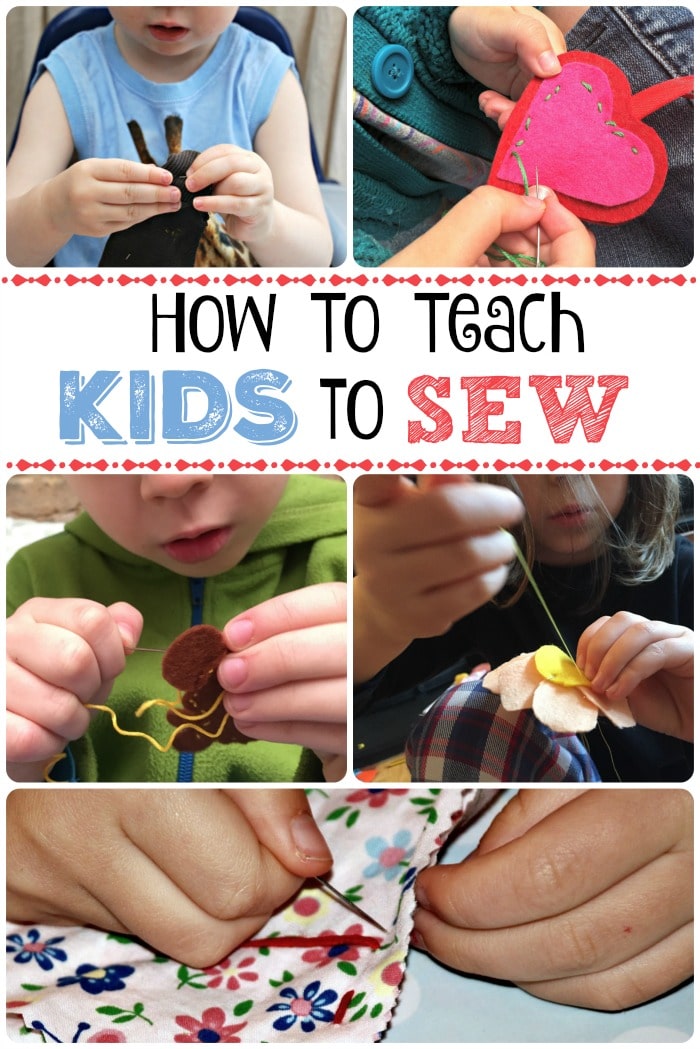Unlock New Skills: Why You Need To Think About a Stitching Lesson for Children
In a globe dominated by electronic interruptions, sewing lessons for youngsters become an unanticipated yet engaging avenue for skill-building. These lessons, which cultivate creativity, fine motor capabilities, and analytical, use even more than simply a quaint leisure activity. They cultivate durability, impart persistence, and introduce fundamental life abilities. As youngsters yield tangible results from their hard work, a sense of accomplishment takes place, leading to a profound change in their self-confidence. Discover why these lessons could be a transformative experience for your child.
The Art of Stitching: An Introduction
Stitching, a timeless art, encompasses a range of techniques that have actually been given through generations. Its origins go back to the Paleolithic age when early people utilized bones and animal sinews to sign up with pieces of fur and conceal. Gradually, this rudimentary technique progressed into an innovative craft, integrating energy and looks.
From hand-sewing to equipment sewing, the procedures differ across contexts and cultures. Some develop complex needlework, others fashion tough garments, while certain techniques serve ritualistic functions. Conventional quilting in The United States and copyright, Sashiko in Japan, or Kantha in India exemplify the variety of this craft.
Today, in spite of technical developments, the relevance of sewing dominates. It's a functional skill, a restorative task, an imaginative outlet, or perhaps a source of income for many. Introducing youngsters to sewing can be a useful financial investment, promoting creative thinking, improving hand-eye sychronisation, and passing on a sense of achievement. The following section will explore the advantages of sewing lessons for young students.
Key Benefits of Stitching Lessons for Youngsters
Stitching promotes children's ability to bring concepts to life, consequently cultivating their innovative and creative side. When a stitch goes wrong or a pattern needs adjustment, youngsters need to create solutions, consequently refining their important reasoning.
Stitching lessons also imbue perseverance and willpower. Embroidery is a careful craft, requiring ample time and accuracy. This can instruct children the worth of persistence, and the relevance of continuing with a job to accomplish an adequate result. It boosts hand-eye sychronisation. The act of threading a needle or following a pattern enhances fine electric motor skills.
Finally, embroidery can be a self-confidence booster - sewing lessons for kids. Every completed job brings a sense of achievement, boosting children's self-worth. Thus, stitching lessons can bring a host of advantages, making it a useful enhancement to kids' skill-building activities.
Just How Sewing Enhances Kid Growth
With a myriad of practical and cognitive advantages, the impact of sewing on youngsters's growth is extensive. This hands-on activity motivates the development of great electric motor skills as youngsters navigate with the textile with a needle, fostering precision and dexterity. The focus needed for embroidery also improves focus and interest period, important high qualities for scholastic success.
Beyond physical abilities, stitching help cognitive growth. It involves understanding directions, planning, and problem-solving - all of which promote the mind's exec features. It presents youngsters to fundamental mathematical principles like forms, link dimensions, and portions in a functional, appealing manner.
Lastly, sewing has mental benefits. The process of creating something tangible increases a child's self-esteem and sense of accomplishment. The patience and perseverance required to finish a sewing job also instruct important life lessons about hard work and the joy of seeing a job through to completion.
Age-Appropriate Embroidery Projects for Children
Having actually comprehended the myriad benefits of sewing for child advancement, it is equally essential to think about appropriate sewing jobs that straighten with a child's age and skill level. For young newbies, ages 5-7, straightforward jobs like threading beads onto a string can refine hand-eye control. As they get older, ages 8-10, they can progress to sewing switches or crafting little fabric things such my link as pillow look here cases.

Choosing the Right Sewing Lesson for Your Youngster
Exactly how does one deal with selecting the best sewing lesson for their child? It begins with comprehending the kid's interest degree and skill collection. A standard stitching class covering straightforward stitches and security steps would certainly be excellent if the youngster is a total newbie. For those with a little experience, a program that introduces patterns or more complex jobs might be preferable.
Does the kid find out far better in a group setting or individually? A patient and educated teacher can make all the distinction in a youngster's learning experience.

Conclusion
Age-appropriate sewing tasks not just improve self-confidence but likewise support overall youngster development. Taking into consideration a stitching lesson for your kid can undoubtedly unlock a myriad of new skills and provide an unique, valuable understanding possibility.
Having actually comprehended the myriad benefits of sewing for youngster growth, it is similarly essential to consider ideal sewing tasks that line up with a child's age and ability degree. sewing lessons for kids.Exactly how does one go concerning picking the best stitching lesson for their youngster? If the youngster finds out much better in a physical atmosphere, local sewing lessons can be an excellent alternative. In verdict, these elements play a significant role in choosing the appropriate stitching lesson for a child
Age-appropriate sewing tasks not only boost self-confidence but additionally support total kid development.